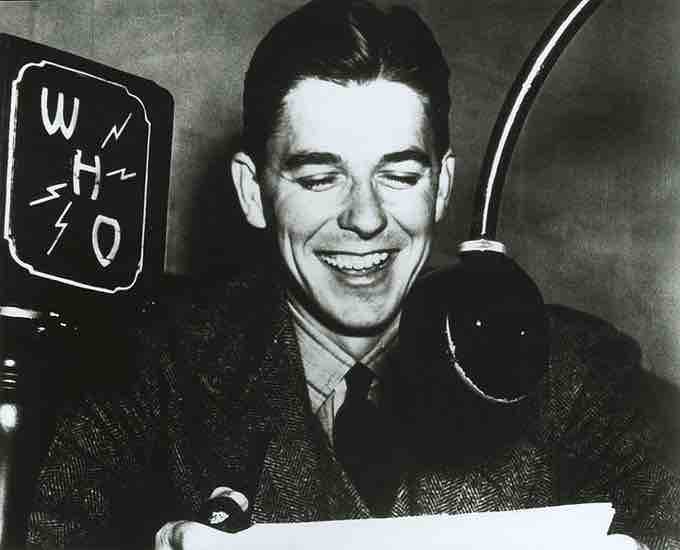Introduction
Media bias is the bias of journalists and news producers within the mass media, concerning the selection of events and stories that are reported, and how they are covered. The term "media bias" implies a pervasive or widespread bias contravening the standards of journalism, rather than the perspective of an individual journalist or article. The direction and degree of media bias in various countries is widely disputed.
Practical limitations to media neutrality include the inability of journalists to report all available stories and facts, and the requirement that selected facts be linked into a coherent narrative. Because it is impossible to report everything, selectivity is inevitable. Government influence, including overt and covert censorship, biases the media in some countries, for example North Korea and Burma. Market forces that result in a biased presentation include the ownership of the news source, concentration of media ownership, the selection of staff, the preferences of an intended audience, and pressure from advertisers.
History of Bias in Mass Media
Political bias has been a feature of the mass media since its birth following the invention of the printing press. The expense of early printing equipment restricted media production to a limited number of people. Historians have found that publishers often served the interests of powerful social groups. In the nineteenth century, journalists began to recognize the concept of unbiased reporting as an integral part of journalistic ethics. This coincided with the rise of journalism as a powerful social force. Even today, though, the most conscientiously objective journalists cannot avoid accusations of bias. Like newspapers, the broadcast media (radio and television, ) have been used as a mechanism for propaganda from their earliest days, a tendency made more pronounced by the initial ownership of the broadcast spectrum by national governments. Although a process of media deregulation has placed the majority of the Western broadcast media in private hands, there still exists a strong government presence, or even monopoly, in the broadcast media of many countries across the globe. At the same time, the concentration of media in private hands, and frequently among a comparatively small number of individuals, has also led to accusations of media bias .

Percent of Media Citations by Ideology Graph
Studies done by FAIR, a progressive media watchdog organization, argue that the majority of media citations come from conservative and centrist sources.

Ronald Reagan as Radio Announcer 1934-37
Ronald Reagan as a WHO Radio Announcer in Des Moines, Iowa. 1934-37.
Types of Bias
The most commonly discussed forms of bias occur when the media support or attack a particular political party, candidate, or ideology; however, other common forms of bias exist, including advertising bias, corporate bias, mainstream bias, sensationalism, and concision bias. Advertising bias refers to when stories are selected or slanted to please advertisers; corporate bias refers to when stories are selected or slanted to please corporate owners of media; mainstream bias refers to a tendency to report what everyone else is reporting, and to avoid stories that will offend anyone. Sensationalism is a type of editorial bias in mass media in which events and topics in news stories and pieces are over-hyped to increase viewership or readership numbers. Sensationalism may include reporting about generally insignificant matters and events that don't influence overall society, as well as biased presentations of newsworthy topics in a sensationalist, trivial, or tabloid manner. Examples include press coverage about the Bill Clinton/Monica Lewinsky scandal, Casey Anthony Trial, Tonya Harding's role in the attack of Nancy Kerrigan, the Elian Gonzalez affair, and the O.J. Simpson murder case. Finally, concision bias refers to a tendency to report views that can be summarized succinctly, crowding out more unconventional views that take time to explain.
Efforts to Correct Bias
A technique used to avoid bias is the round table, an adversarial format in which representatives of opposing views comment on an issue. This approach theoretically allows diverse views to appear in the media. However, the person organizing the report still has the responsibility to choose people who really represent the breadth of opinion, to ask them non-prejudicial questions, and to edit or arbitrate their comments fairly. When done carelessly, a point/counterpoint can be just as unfair as a simple biased report, by suggesting that the "losing" side lost on its merits.
Another technique used to avoid bias is the disclosure of affiliations that may be considered a possible conflict of interest. This is especially apparent when a news organization is reporting a story with some relevancy to the news organization itself or to its ownership individuals or conglomerate. Often this disclosure is mandated by the laws or regulations pertaining to stocks and securities. Commentators on news stories involving stocks are often required to disclose any ownership interest in those corporations or in its competitors.